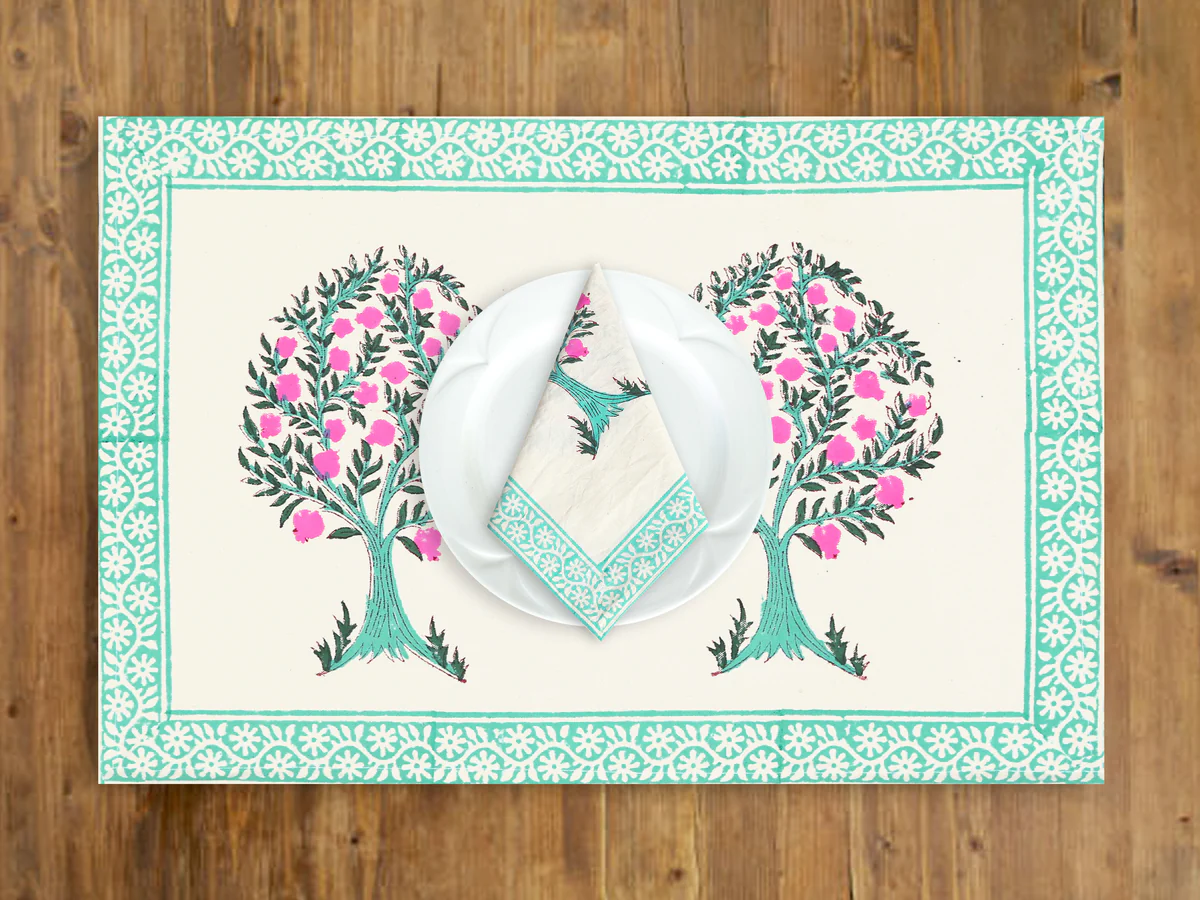Barmer’s Handicrafts: A Peek into Rajasthan’s Rich Artisan Legacy

Rajasthan, the land of royal heritage and vibrant culture, is home to some of India’s most exquisite handicrafts. Among its many artistic treasures, Barmer’s handicrafts stand out for their intricate designs, traditional techniques, and deep cultural significance. Barmer, a district in western Rajasthan, is known for its skilled artisans who have preserved age-old crafts passed down through generations.
In this article, we will explore the rich artisan legacy of Barmer, delving into its unique handcrafting traditions and the significance they hold in Rajasthani culture.
What Makes Barmer’s Handicrafts Unique?
Barmer’s handicrafts are renowned for their fine craftsmanship and traditional appeal. The region’s artisans specialize in a variety of crafts, including hand block printing, wood carving, embroidery, and metalwork. Each piece reflects the deep-rooted traditions and artistic expertise of the people of Barmer.
Key characteristics of Barmer’s handicrafts include:
-
Intricate Patterns – The designs often feature detailed floral and geometric motifs, influenced by Mughal and Rajput artistry.
-
Handcrafted Excellence – Each piece is made by skilled hands, ensuring uniqueness and authenticity.
-
Use of Natural Materials – Traditional methods rely on locally sourced raw materials such as cotton fabric, natural dyes, and wood.
-
Sustainability – Many of Barmer’s crafts align with eco-friendly practices, making them a sustainable choice for conscious buyers.
The Legacy of Hand Block Printing in Barmer
Hand block printing is one of the most celebrated crafts of Barmer. This technique, practiced for centuries, involves carving intricate patterns onto wooden blocks, which are then used to stamp designs onto fabric. The process requires precision, skill, and an eye for detail.
The Process of Hand Block Printing:
-
Wooden Block Carving – Artisans carve intricate designs onto teakwood blocks.
-
Dye Preparation – Natural dyes, often derived from plants and minerals, are prepared for printing.
-
Fabric Stamping – The blocks are dipped in dye and stamped onto fabric in a repetitive pattern.
-
Drying and Washing – The fabric is dried under the sun and washed to enhance color retention.
Barmer’s block-printed textiles, such as Shop Hand Block Printed Bed Sheets, are admired for their vibrant colors and heritage-inspired designs. These bed sheets bring a touch of Rajasthan’s artistic legacy into homes worldwide.
Barmeri Embroidery: The Art of Threadwork
Barmeri embroidery is an exquisite craft known for its fine threadwork and mirror embellishments. This embroidery style, practiced by local women, showcases motifs inspired by nature, folklore, and traditional symbols. The intricate patterns are created using silk and cotton threads, often combined with beads and mirrors to enhance visual appeal.
Types of Barmeri Embroidery:
-
Appliqué Work – Pieces of fabric are stitched onto a base cloth to create layered designs.
-
Mirror Work – Small mirrors are incorporated into the embroidery to add a decorative touch.
-
Chain Stitch – A continuous looped stitch used to outline patterns and fill designs.
Barmeri embroidery is not just an art form; it is a symbol of identity and tradition for the artisans who create it. The craft is deeply connected to the cultural heritage of Rajasthan, often seen in wall hangings, cushion covers, and traditional attire.
Wood Carving in Barmer: An Ancient Craft
The art of wood carving in Barmer dates back centuries. Skilled artisans carve intricate designs into wood, creating furniture, decorative panels, and temple doors. These carvings often depict mythological figures, floral patterns, and geometric motifs, reflecting Rajasthan’s artistic grandeur.
The Process of Wood Carving:
-
Selection of Wood – High-quality wood such as Sheesham or mango wood is chosen for durability.
-
Design Sketching – Artisans outline the pattern before carving.
-
Hand-Carving – Traditional tools are used to etch fine details into the wood.
-
Polishing and Finishing – The final product is polished to enhance its aesthetic appeal.
Barmer’s wooden artifacts are treasured for their durability and intricate craftsmanship, making them a valuable addition to any space.
Barmeri Handmade Table Runners: A Reflection of Cultural Artistry
One of the most exquisite textile crafts from Barmer is the handcrafted table runner. These table runners are carefully woven and embroidered by skilled artisans, making them a unique piece of home décor. The designs reflect traditional motifs, blending heritage with contemporary elegance.
Why Choose Barmeri Handmade Table Runners?
-
Authentic Handcrafted Appeal – Each piece is uniquely made by artisans.
-
Rich Colors and Patterns – Traditional Rajasthani designs enhance aesthetic appeal.
-
Eco-Friendly Production – Natural fabrics and dyes ensure sustainability.
Explore the exclusive collection of Barmeri Handmade Table Runners to add a touch of Rajasthan’s artistic excellence to your home.
The Cultural Significance of Barmeri Handicrafts
Barmer’s handicrafts are not just decorative items; they hold deep cultural and historical significance. These crafts represent the legacy of Rajasthan’s artistic traditions, passed down through generations. The art forms also play a crucial role in sustaining local communities by providing employment to skilled artisans.
Role in Rajasthani Culture:
-
Preserving Heritage – Traditional techniques and designs are preserved through continued practice.
-
Economic Impact – Handicrafts contribute to the livelihood of artisans and their families.
-
Global Recognition – Barmeri crafts are admired worldwide, highlighting Rajasthan’s rich artistic heritage.
The government and various organizations are working towards promoting these crafts globally, ensuring their sustainability for future generations.
Challenges Faced by Barmeri Artisans
Despite their cultural significance, Barmeri artisans face several challenges:
-
Market Competition – Mass-produced items often overshadow handmade crafts.
-
Limited Resources – Artisans struggle with access to quality raw materials.
-
Changing Consumer Preferences – Modern buyers often opt for contemporary designs over traditional ones.
Efforts are being made to support artisans through fair trade initiatives, digital marketplaces, and skill development programs. By choosing handcrafted products, consumers can help sustain these traditional arts.
Conclusion
Barmer’s handicrafts represent a beautiful blend of tradition, skill, and cultural heritage. From hand block printed textiles to wood carvings and embroidered textiles, these crafts showcase the expertise of Rajasthani artisans. By supporting handmade products, we contribute to the preservation of this timeless art form.
As Barmer’s artisans continue to create exquisite handicrafts, their legacy remains an integral part of Rajasthan’s rich artistic identity.






